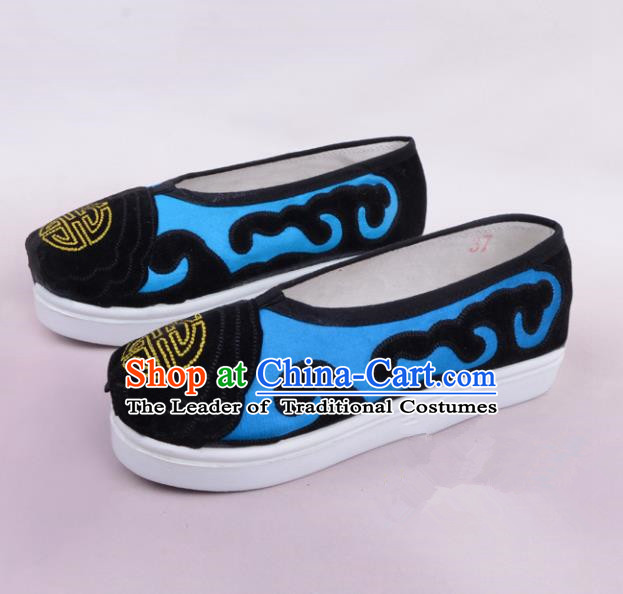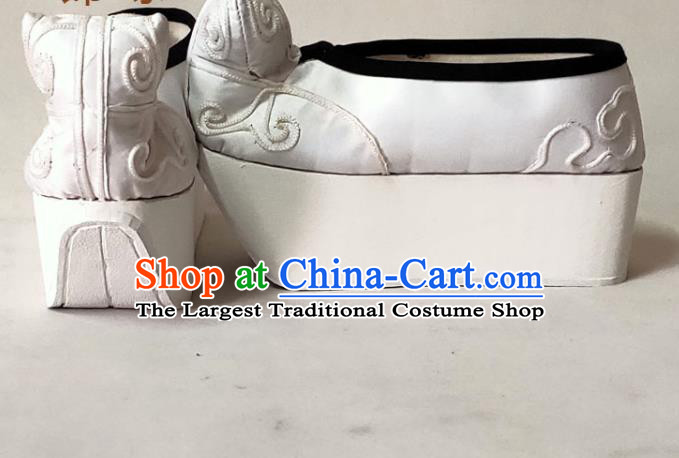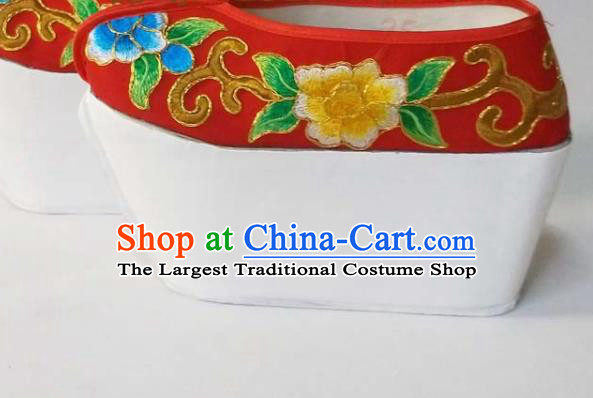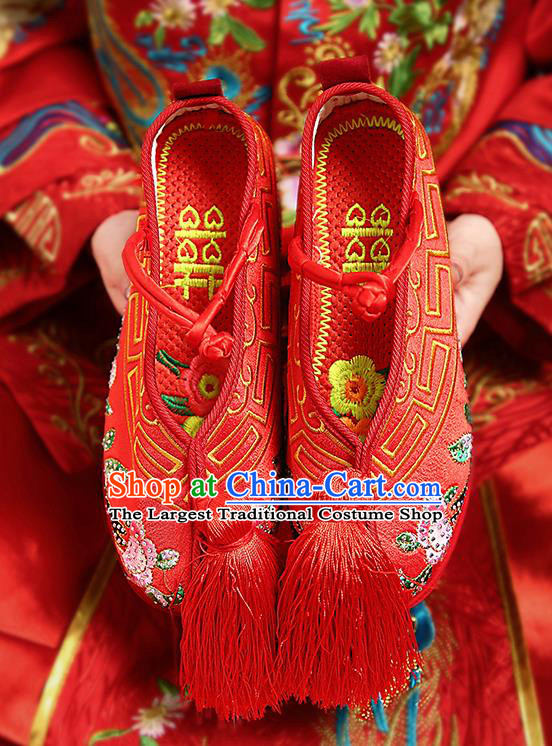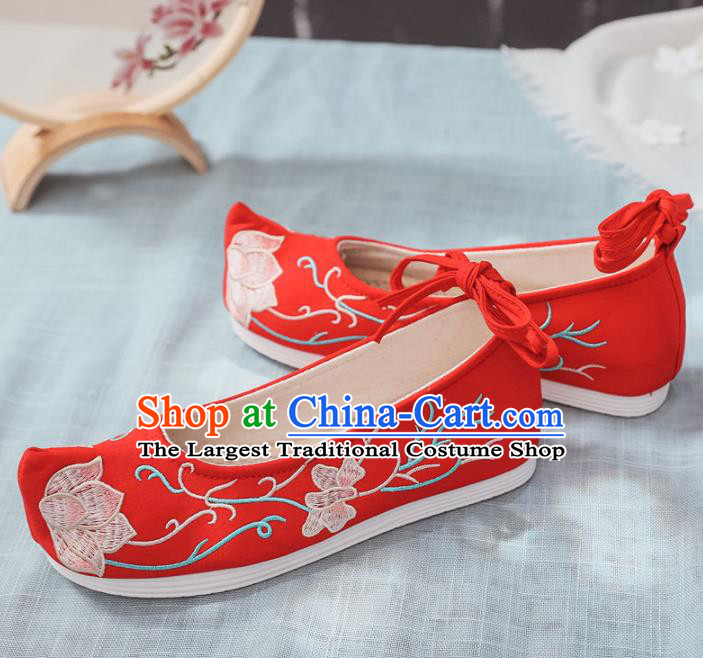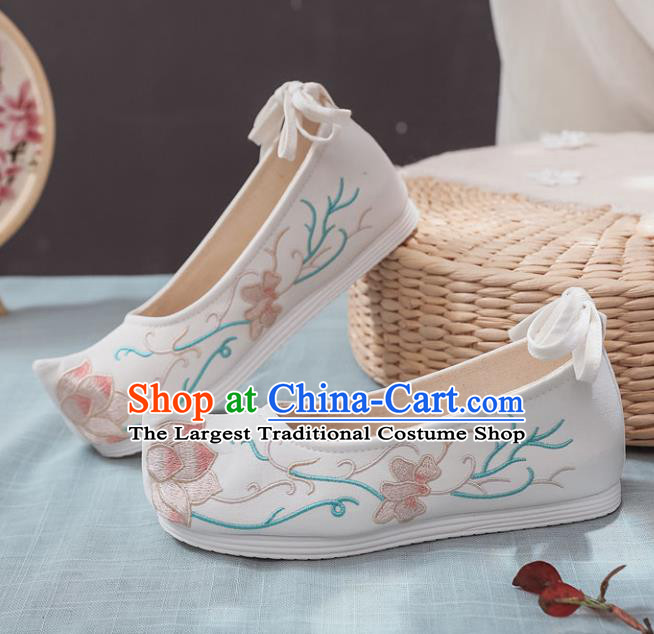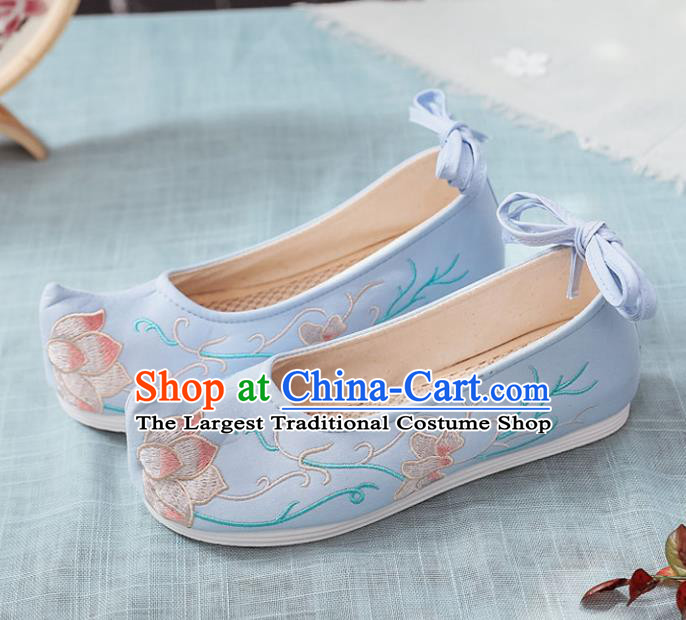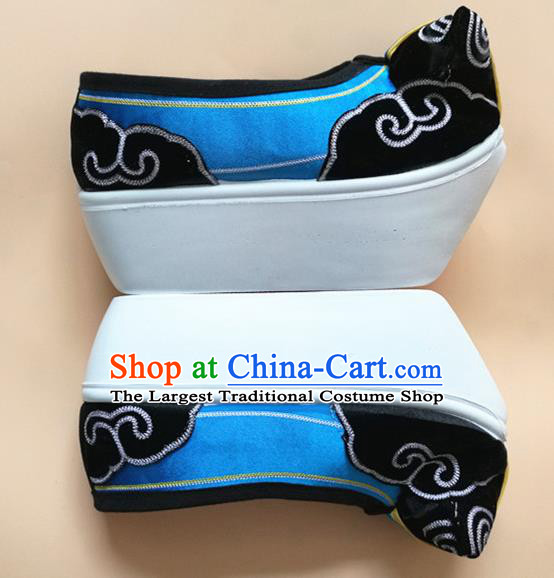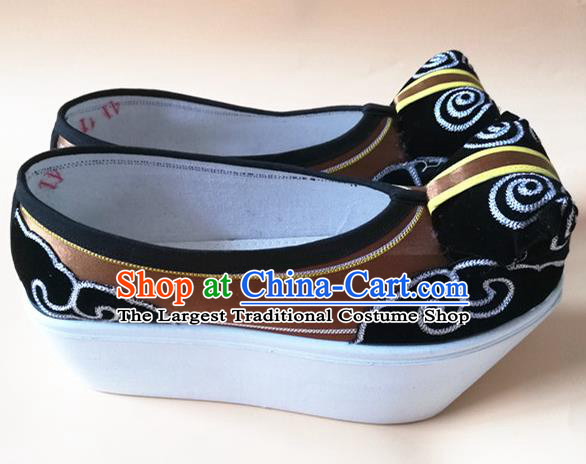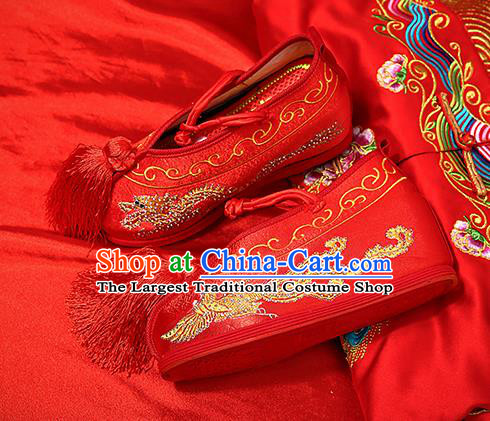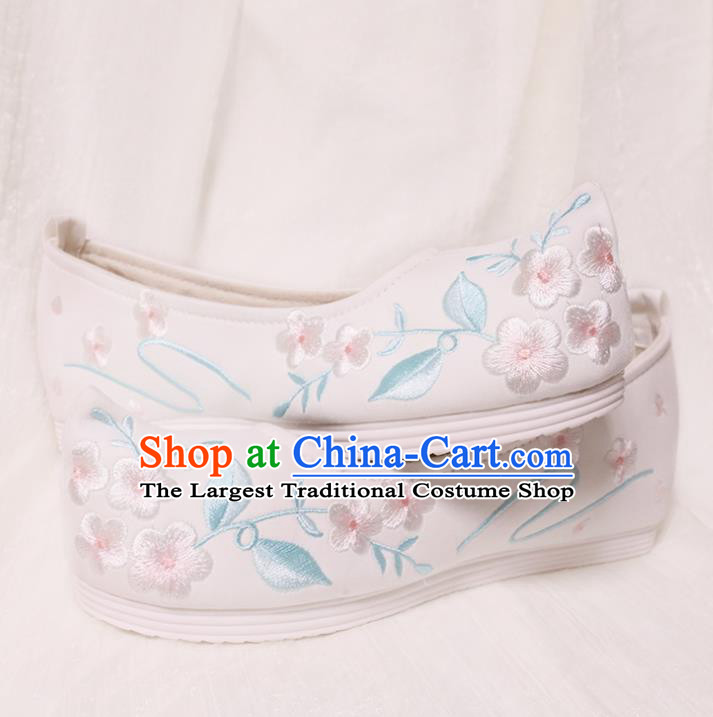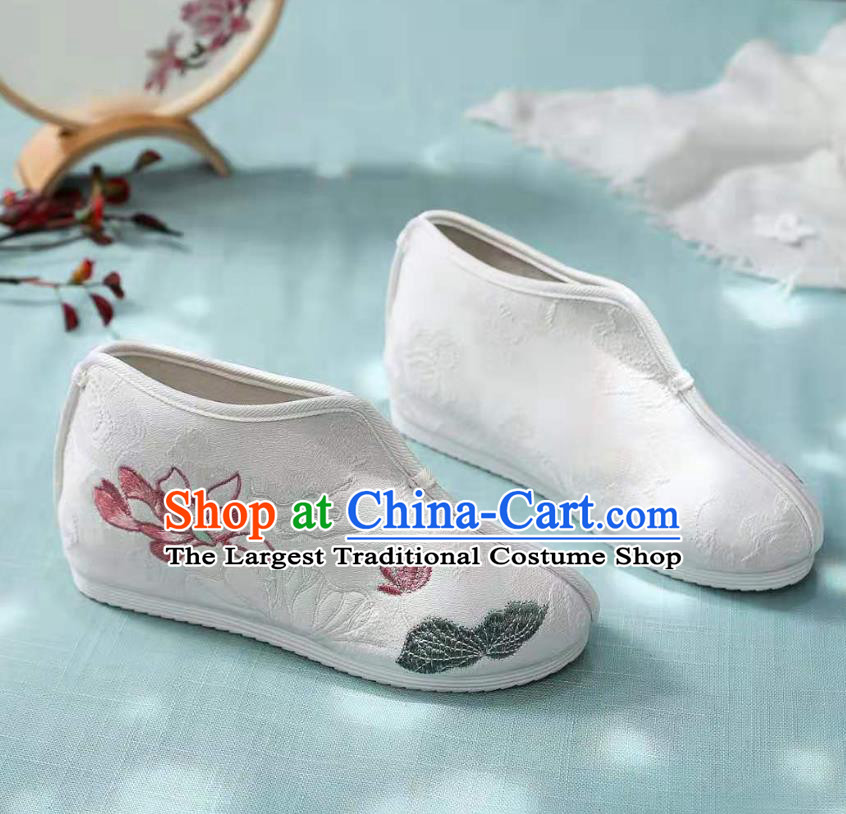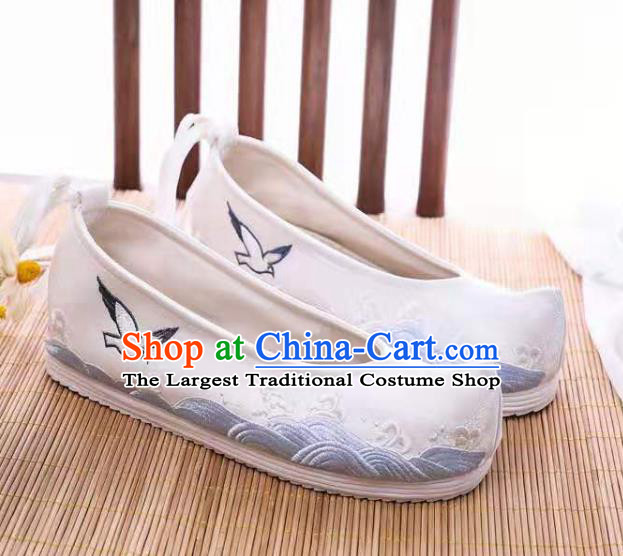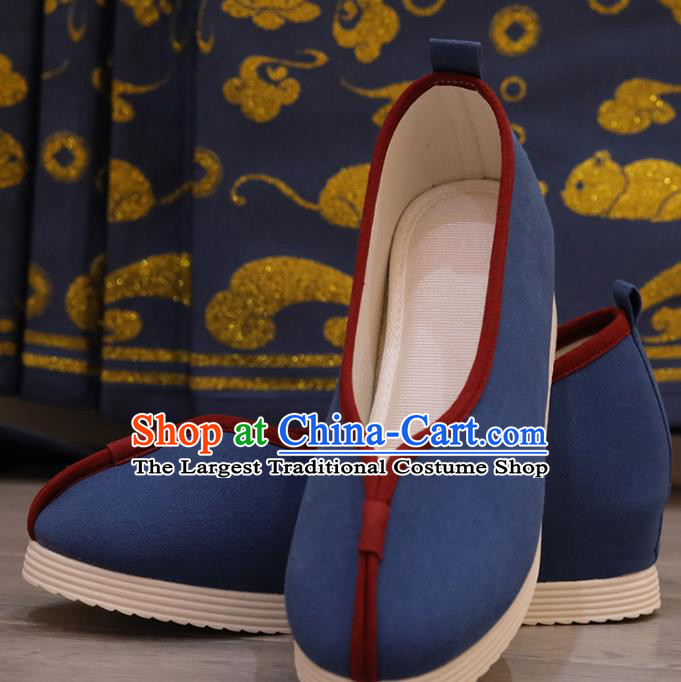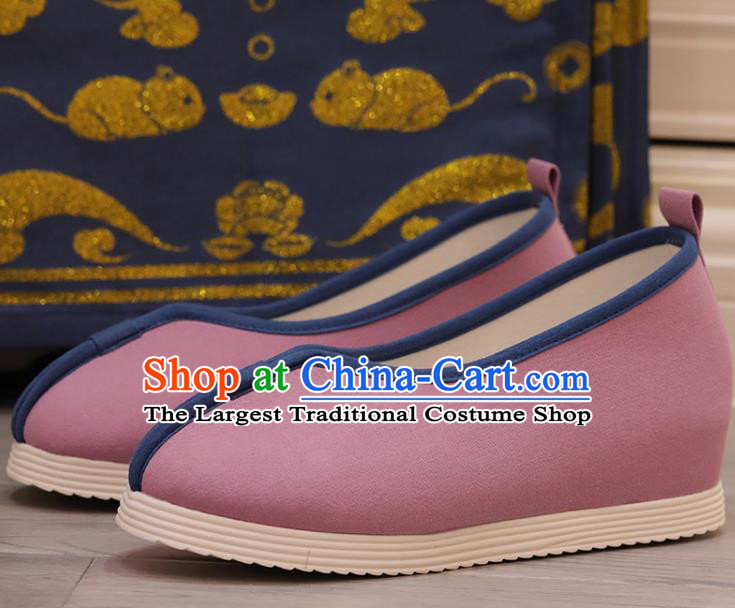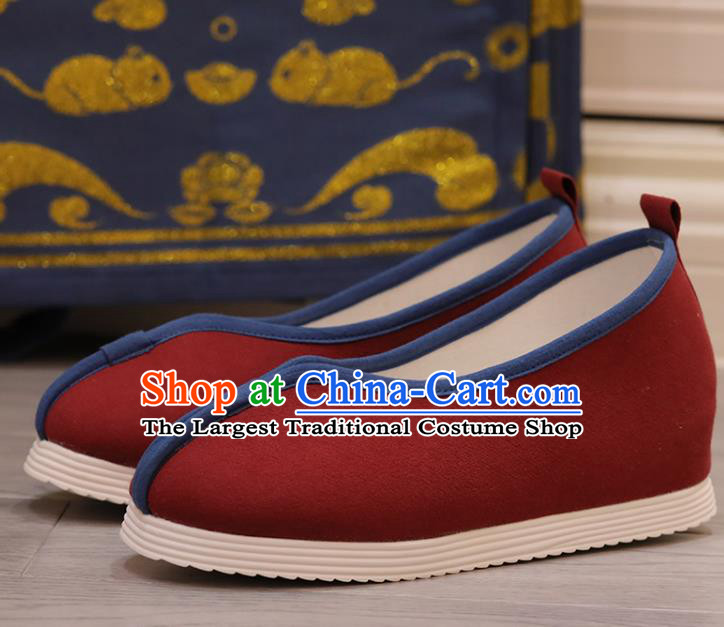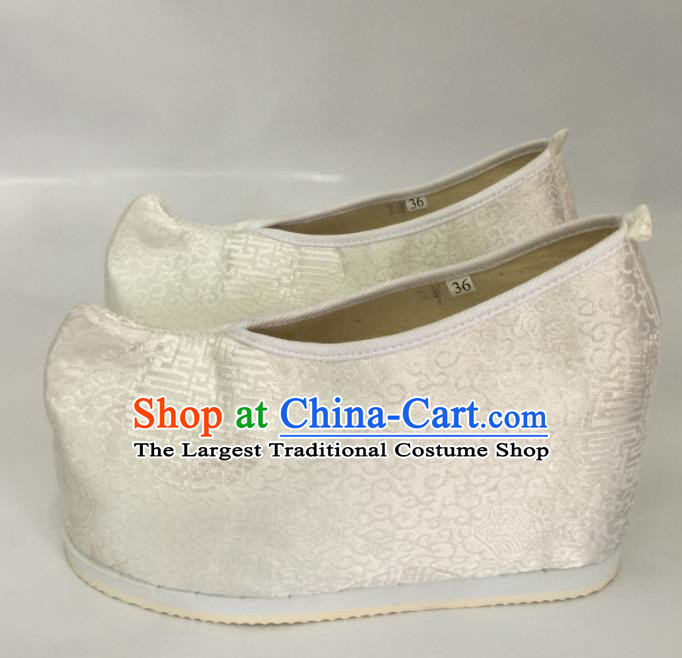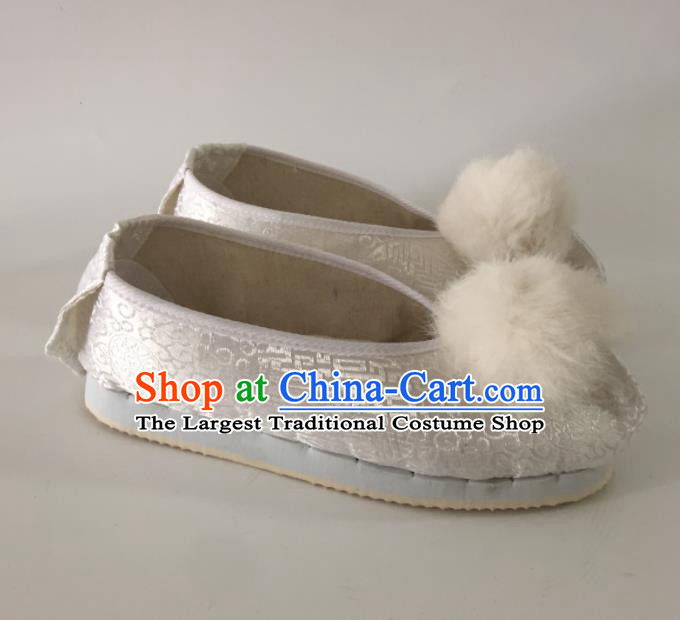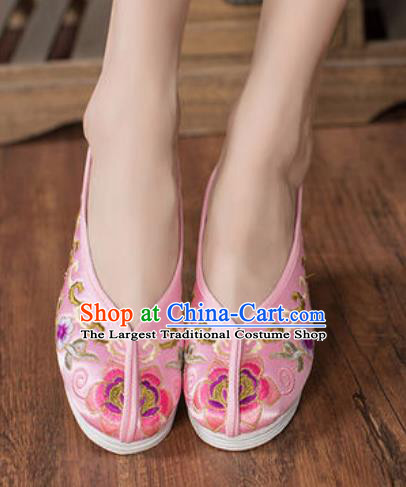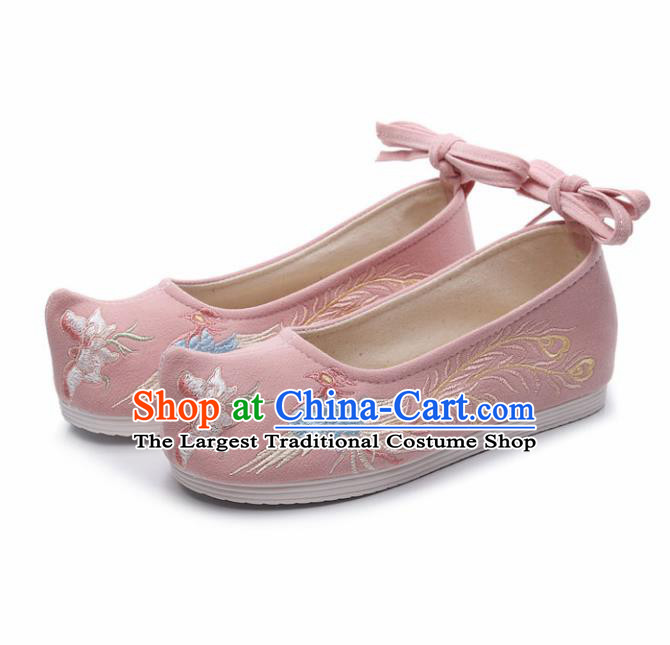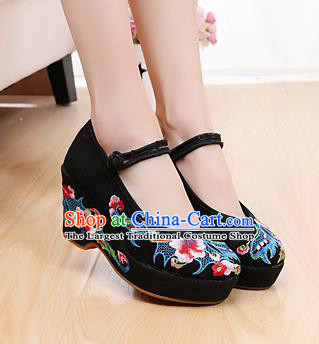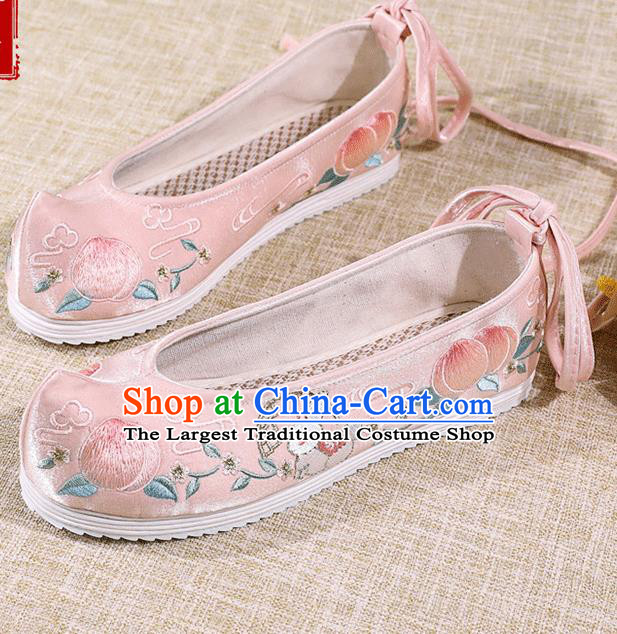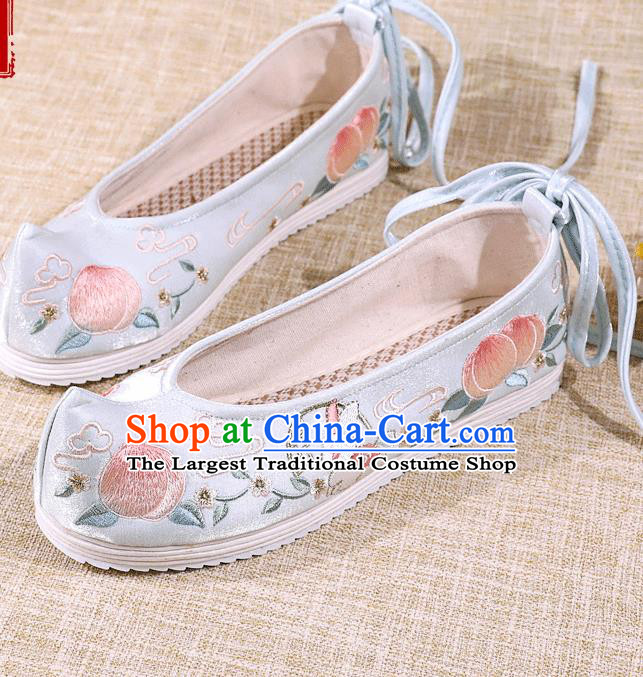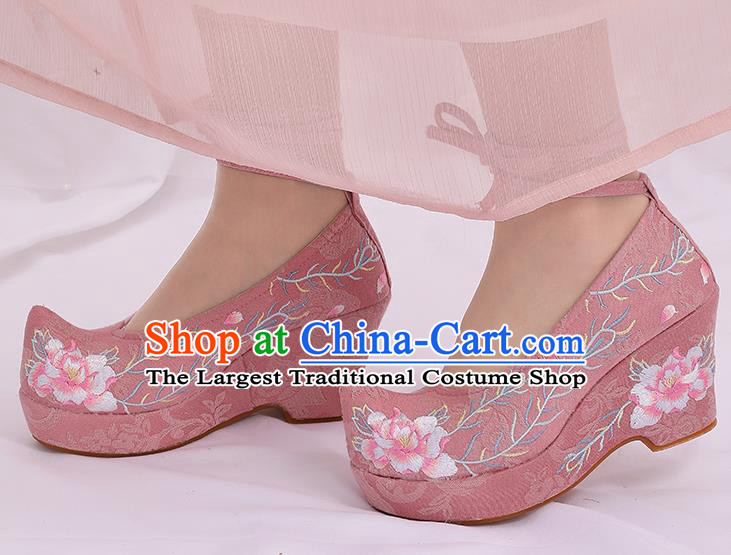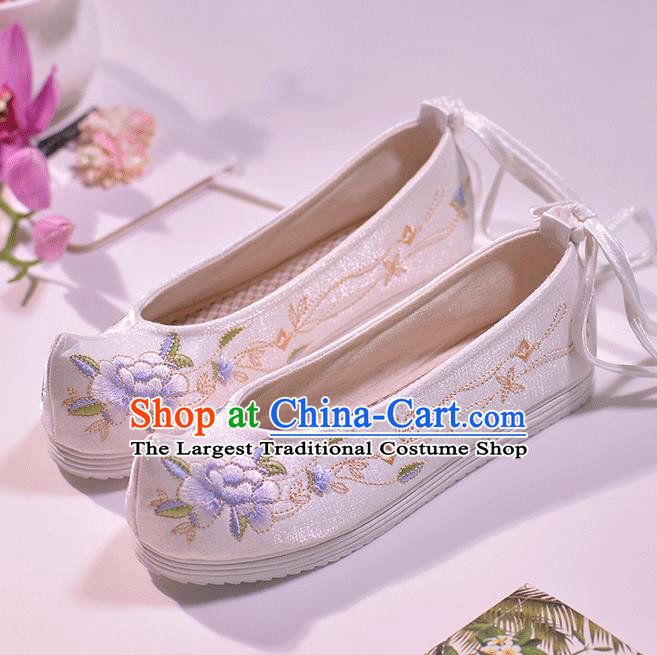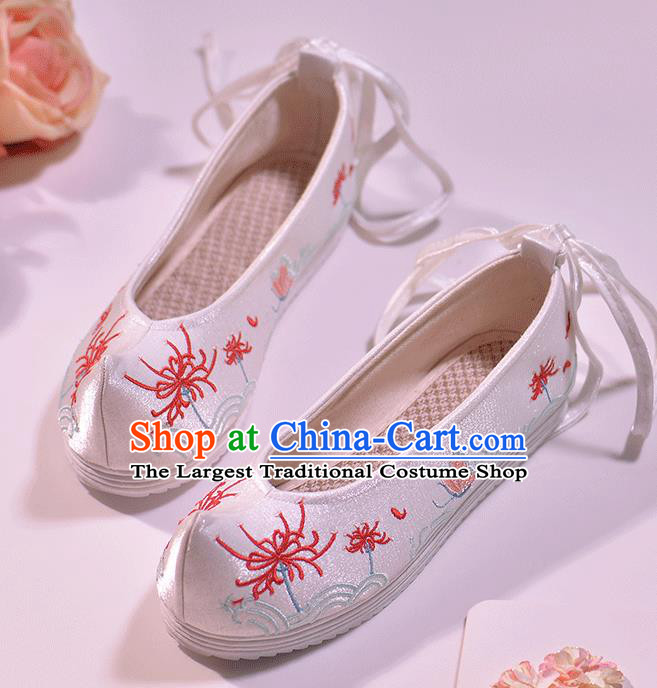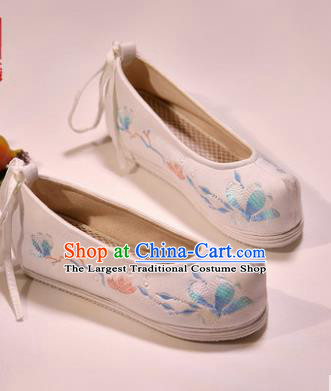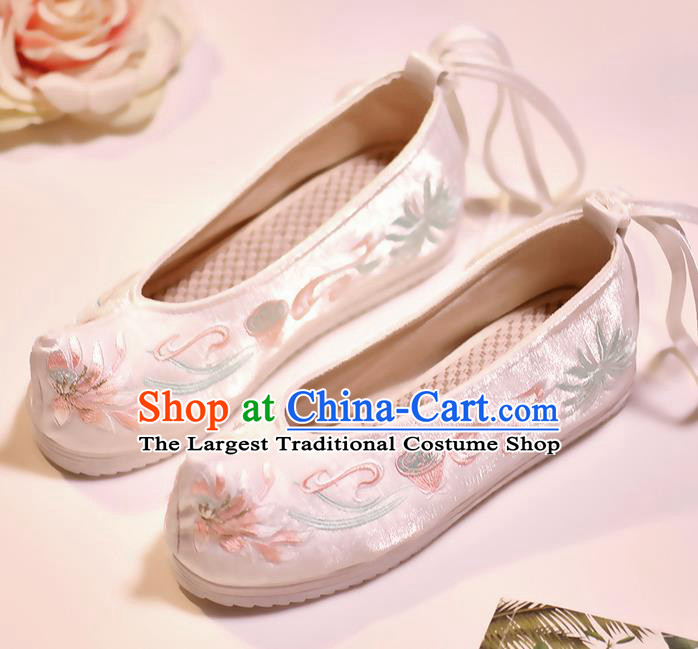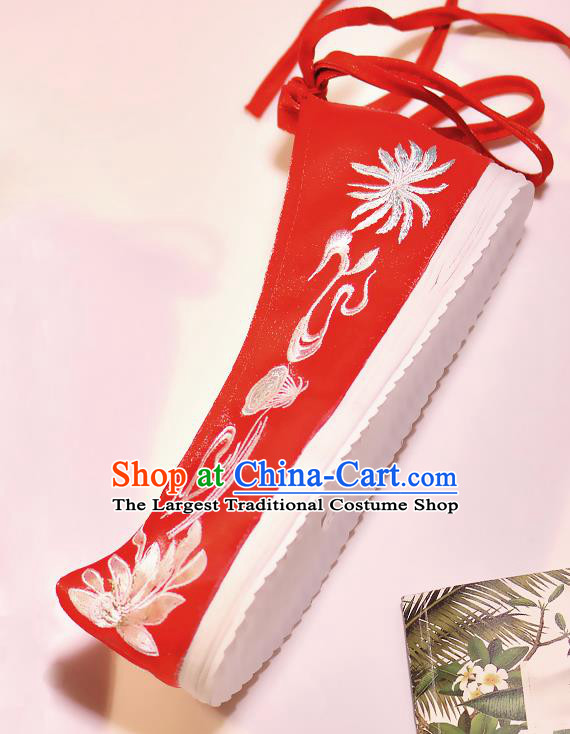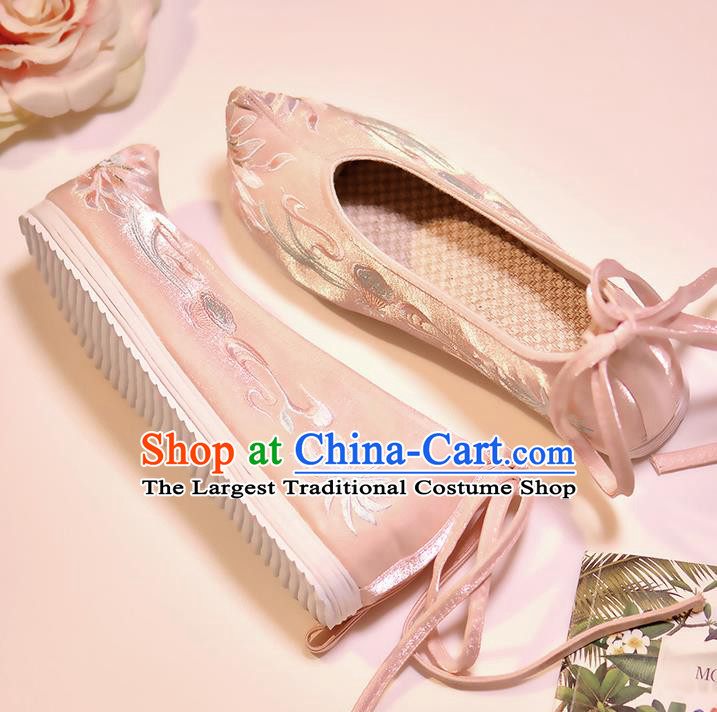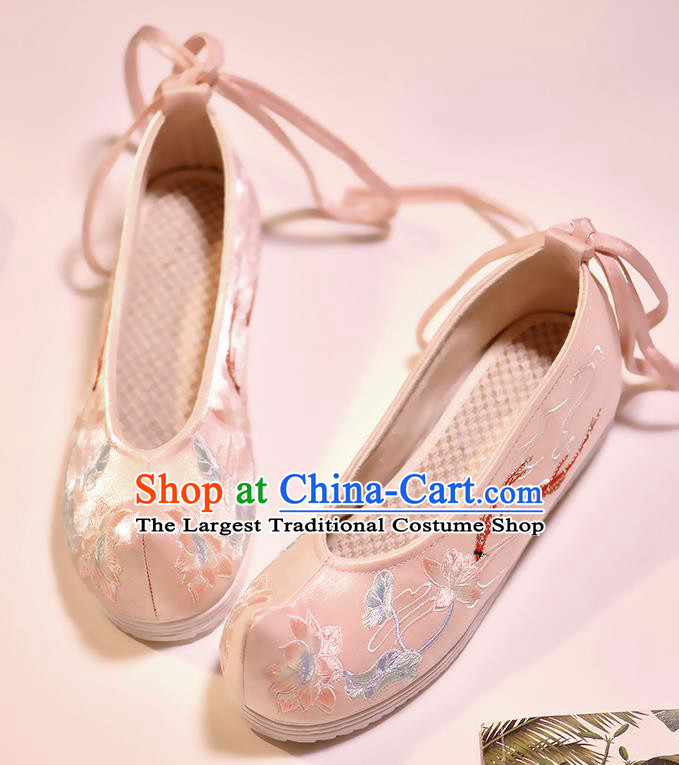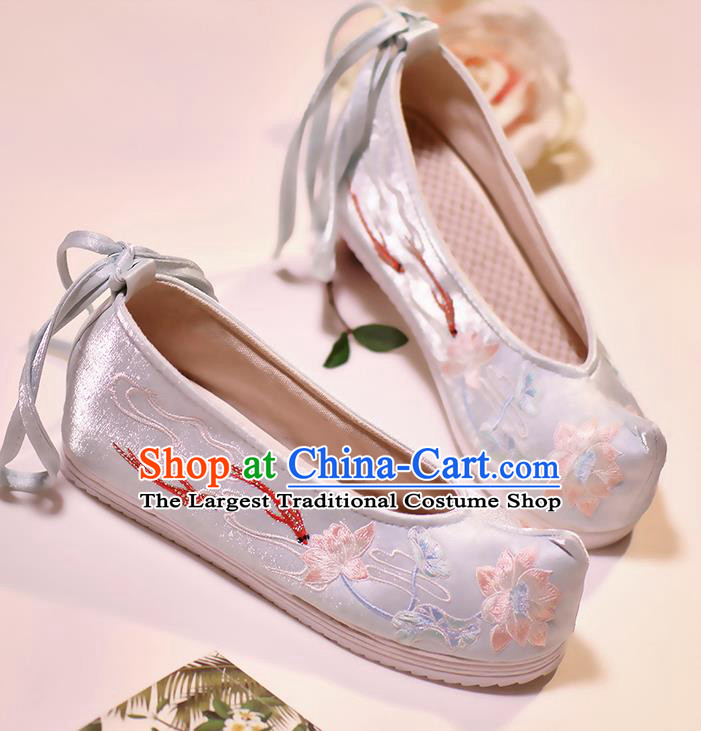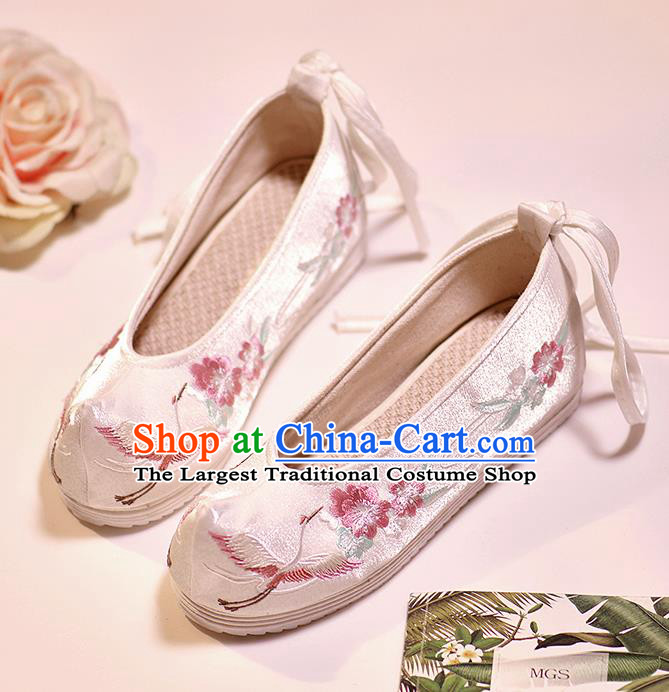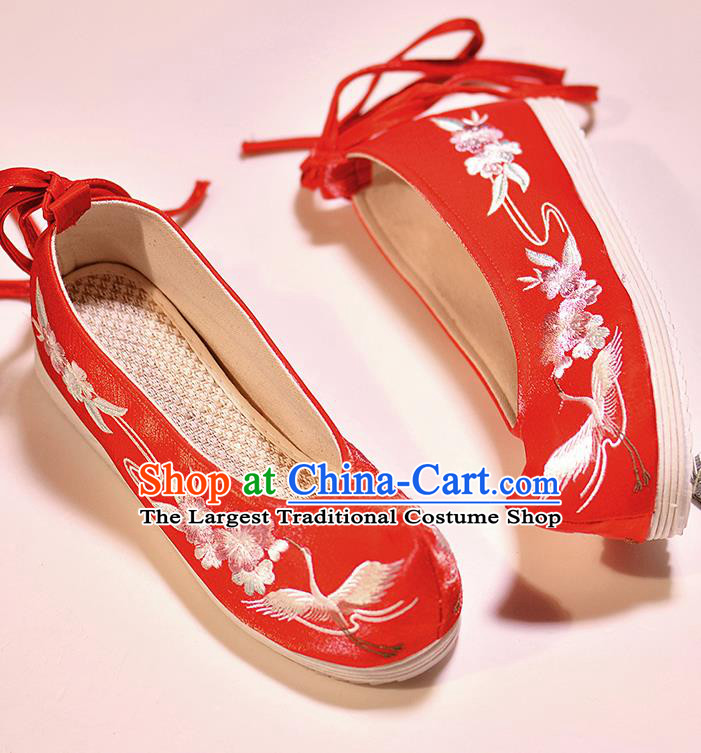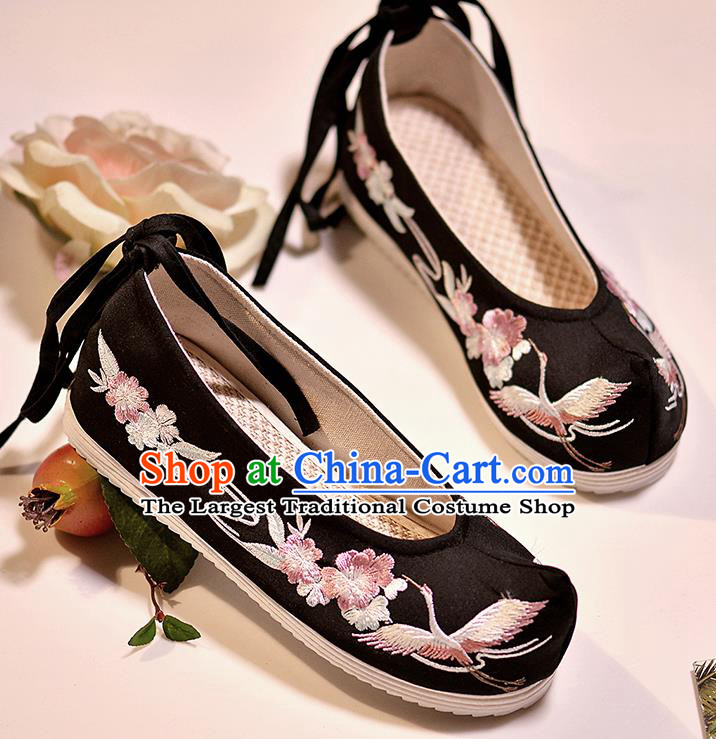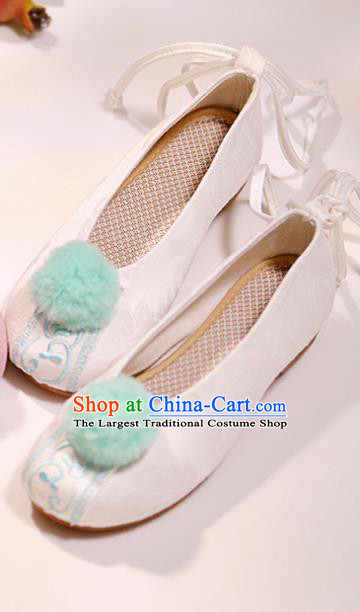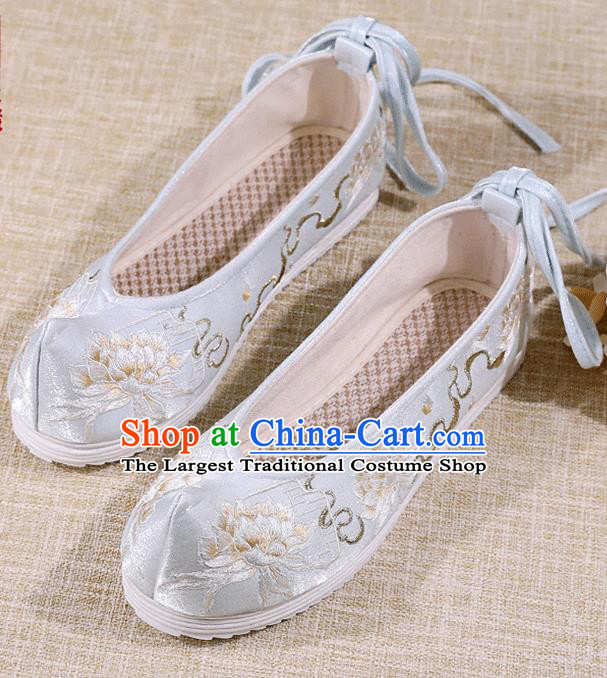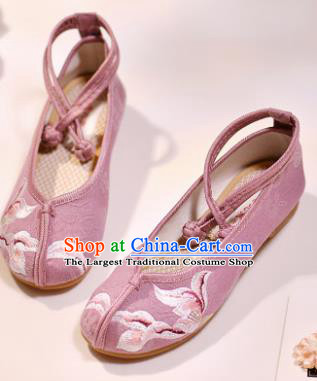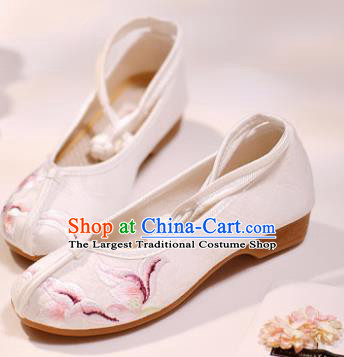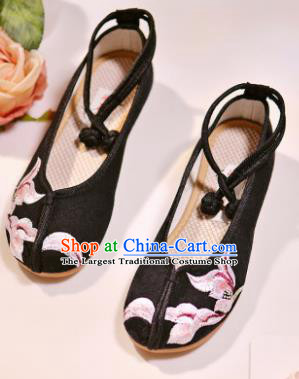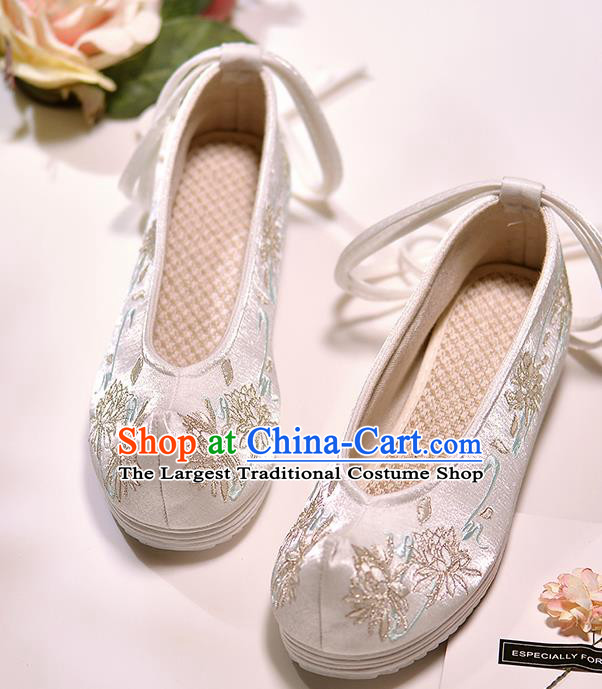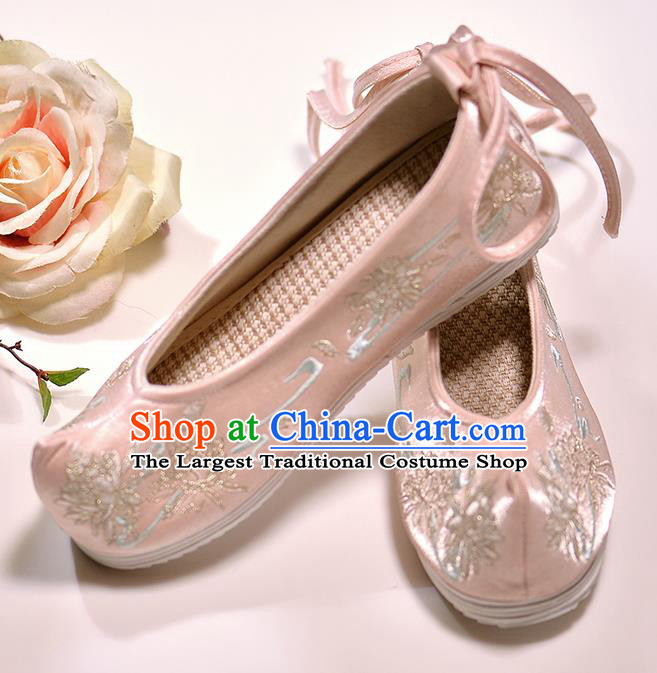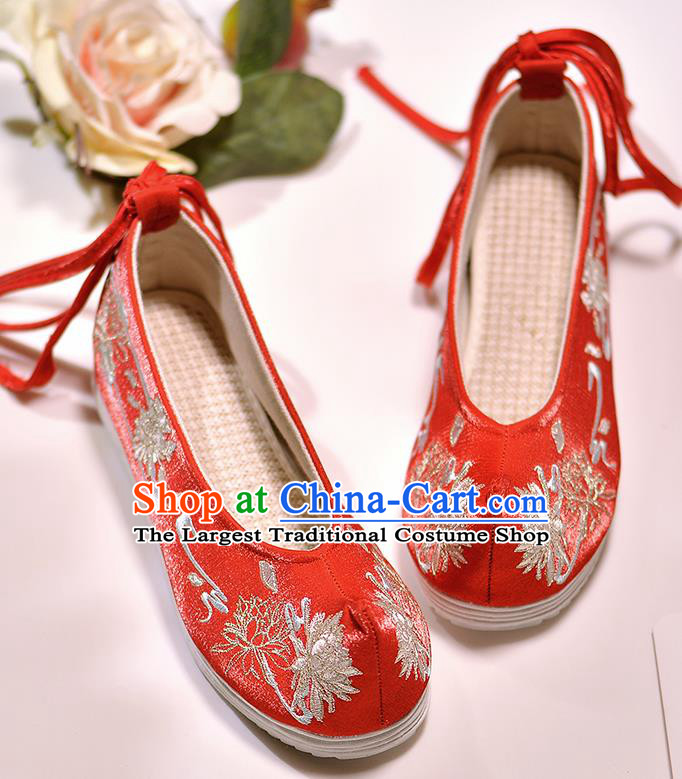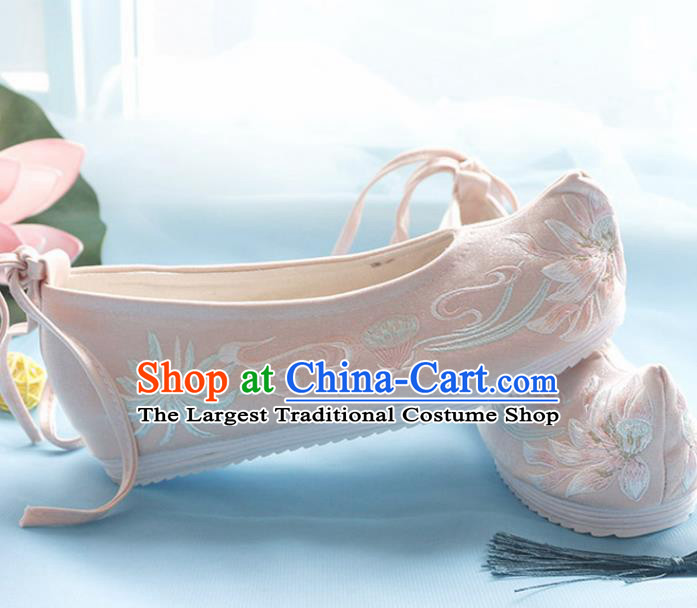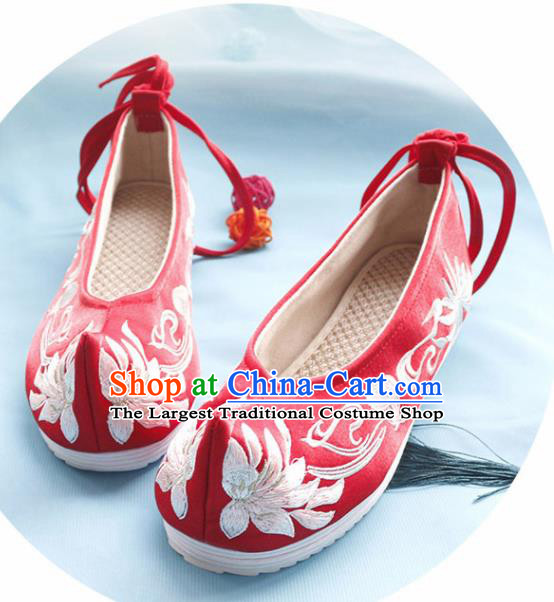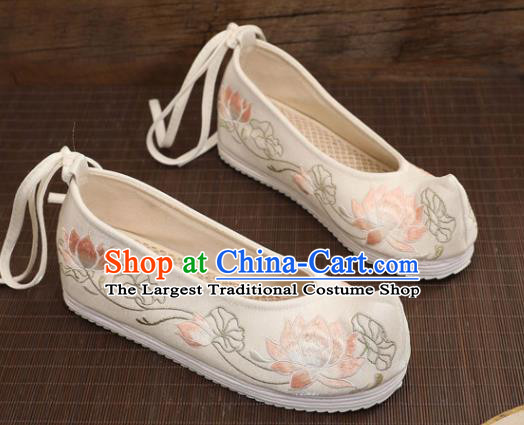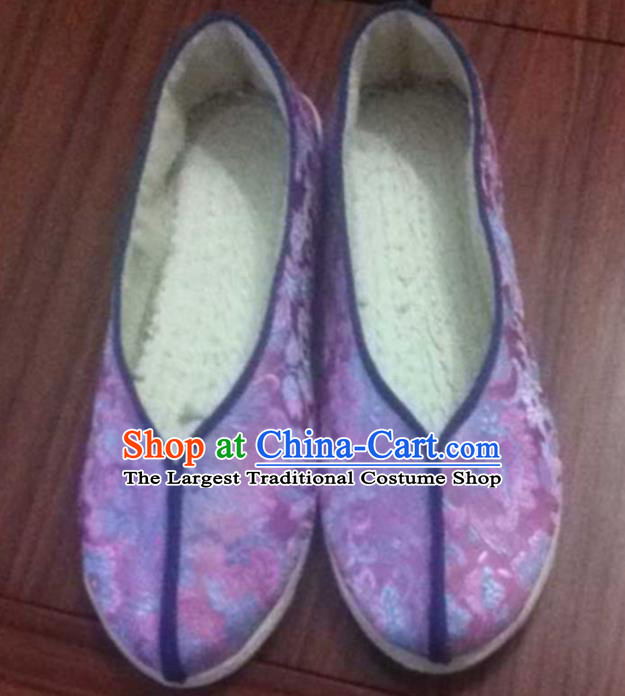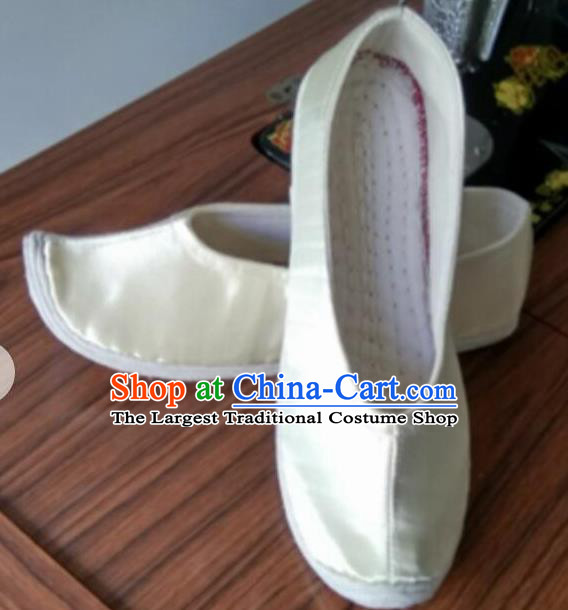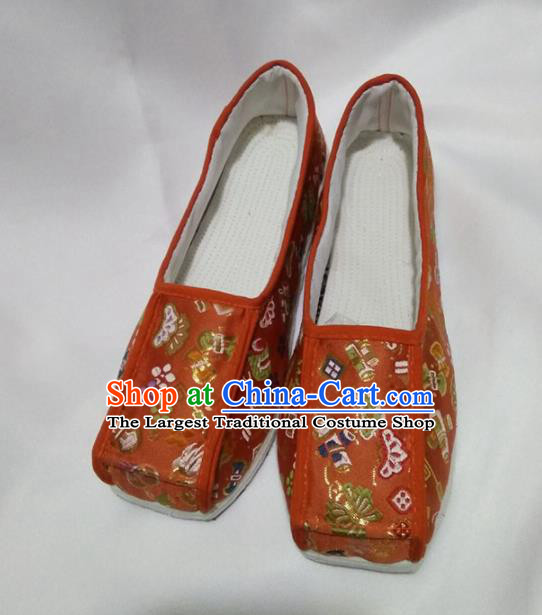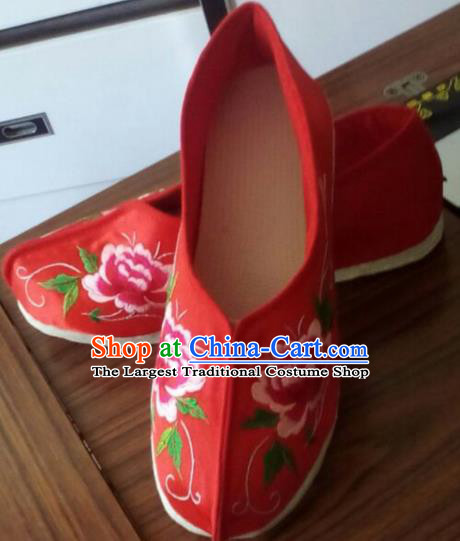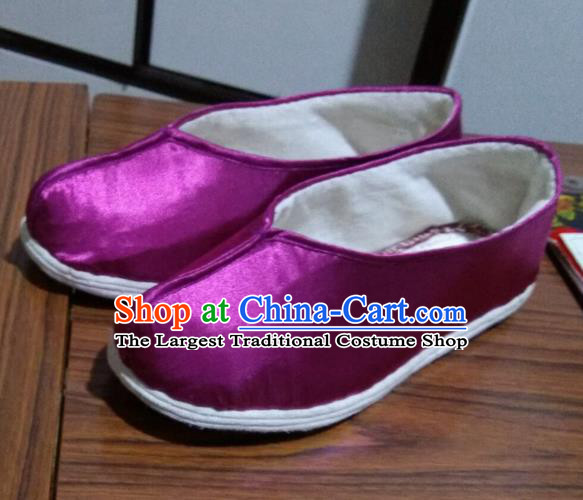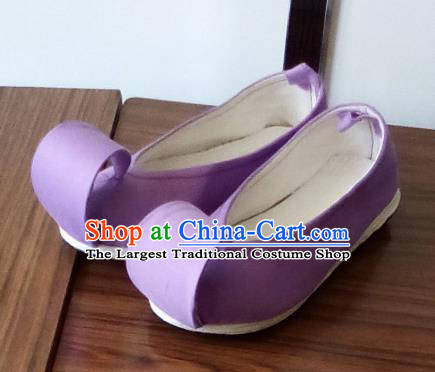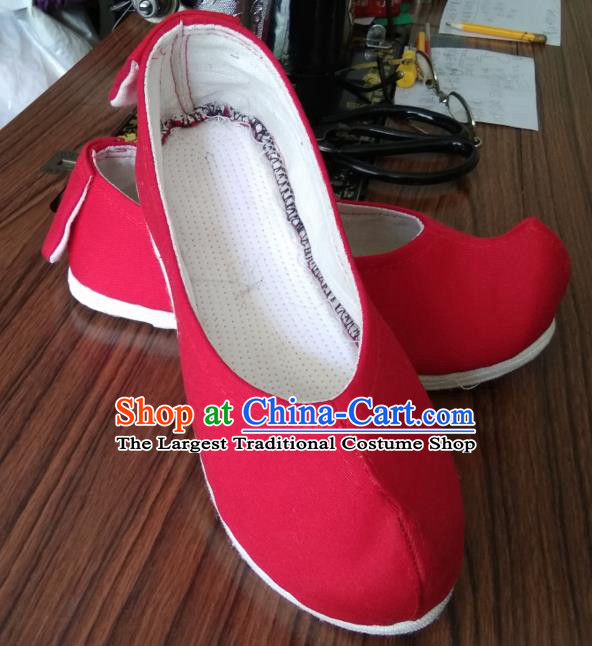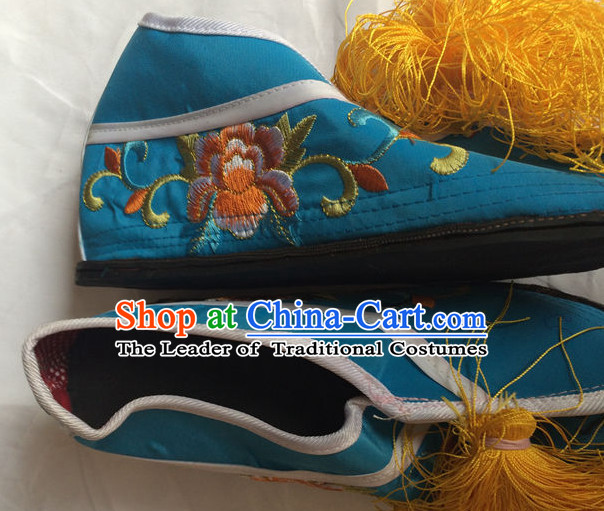
Click Related Pictures for More Audios:
Chinese traditional opera shoes, also known as "huadan shoes," are a special type of footwear worn by female characters in ancient Chinese opera performances.
These shoes are renowned for their unique design and exquisite craftsmanship, representing the essence and artistic value of Chinese traditional culture.
The design of Chinese traditional opera shoes is very intricate, often featuring bright colors and ornate decorations.
The bottom of the shoe has four small toes, which allows actors to walk and jump easily on stage.
The edges of the shoes are usually sewn with gold thread to add to their grandeur.
In addition, various patterns such as flowers, animals, and figures are embroidered on the shoes, which often have symbolic meanings representing different roles and emotions.
Apart from their beautiful appearance, Chinese traditional opera shoes also have rich cultural significance.
They reflect the aesthetic concepts, clothing styles, and pursuit of beauty in ancient Chinese society.
At the same time, these shoes are an important part of Chinese traditional culture, carrying the memories of history and the inheritance of culture.
In Chinese traditional operas, female characters usually play gentle, beautiful, and kind roles, and their costumes and accessories often have special meanings.
As one of the important accessories for female characters in Chinese traditional operas, Chinese traditional opera shoes not only protect the feet but also showcase the character traits and social status of female characters through their unique design and decorations.
In conclusion, Chinese traditional opera shoes are an art form that is rich in artistic value and cultural significance.
They not only demonstrate the superb craftsmanship of ancient Chinese handicrafts but also reflect the living customs and aesthetic concepts of that era.
As a cultural heritage, Chinese traditional opera shoes will continue to provide us with opportunities to understand Chinese traditional culture and become one of our cherished historical legacies.

